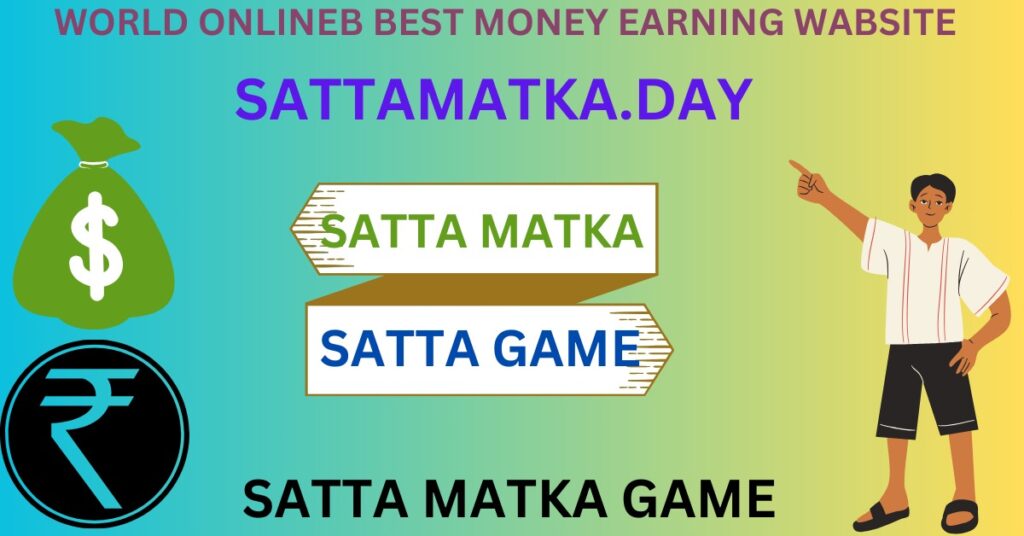Introduction:
Satta Matka, a popular form of gambling in India, has a rich history that dates back to the pre-independence era. The game has evolved over the years, adapting to changing socio-economic and technological landscapes. This article delves into the origins and the fascinating journey of Satta Matka, exploring its historical roots and how it has transformed into the contemporary phenomenon we know today.
Origins of Satta Matka:
Satta Matka finds its roots in the bustling city of Mumbai, formerly known as Bombay, in the 1960s. The game emerged as a unique form of lottery that involved betting on the opening and closing rates of cotton transmitted from the New York Cotton Exchange to the Bombay Cotton Exchange. The practice of placing bets on these rates became widely popular among the working class, and the game gradually evolved into what is now known as Satta Matka.
The term “Satta” refers to the practice of betting or gambling, while “Matka” is a colloquial term for an earthen pot. In the early days, a large earthen pot was used to draw numbers randomly, giving birth to the game’s name. The game gained immense popularity, and Matka dens sprouted across the city, becoming hubs for enthusiastic gamblers.

Evolution over the Decades:
As the game continued to grow, it underwent various transformations, adapting to the changing preferences of its players. In the 1970s and 1980s, Matka saw its peak, with thousands of players participating in the game daily. However, this also attracted the attention of law enforcement agencies, leading to raids and crackdowns on Matka dens.
To counter the legal challenges, the game underwent a significant change in the 1990s. With the advent of technology, Satta Matka moved from traditional Matka dens to an online platform, allowing players to participate from the comfort of their homes. The transition from a paper-based system to an online format not only made the game more accessible but also increased its reach across the country.
Contemporary Landscape:
In the 21st century, Satta Matka has become an integral part of Indian gambling culture. Despite legal challenges and government regulations, the game continues to thrive. Numerous online platforms and mobile applications now offer Satta Matka, providing players with a convenient way to participate in the age-old tradition.
The contemporary version of Satta Matka involves betting on various markets and results, ranging from single-digit numbers to complete sets. The game’s popularity has transcended geographical boundaries, attracting players from different states and communities.
Conclusion:
The journey of Satta Matka from its humble origins in the streets of Mumbai to the digital platforms of the 21st century is a testament to its resilience and adaptability. The game has survived legal challenges, societal changes, and technological advancements, retaining its popularity among a diverse range of players. Understanding the historical perspective of Satta Matka provides valuable insights into the cultural and socio-economic factors that have shaped this unique form of gambling in India.